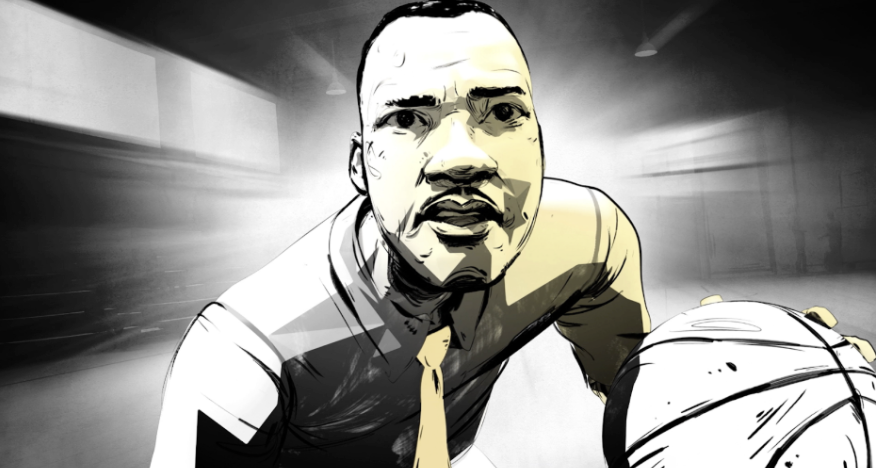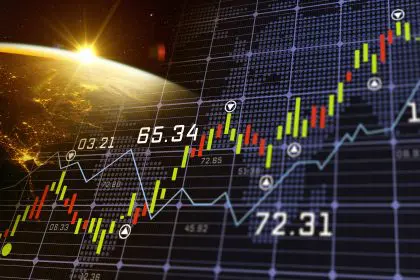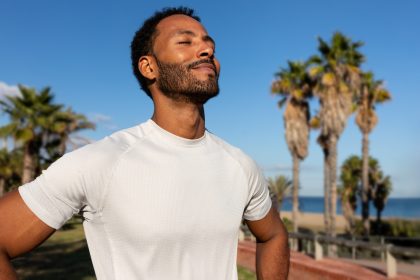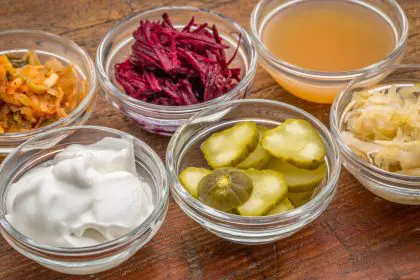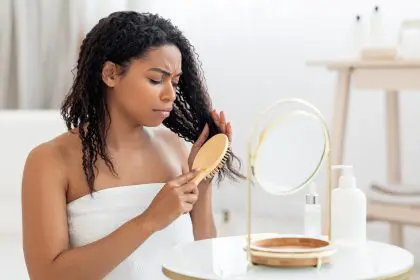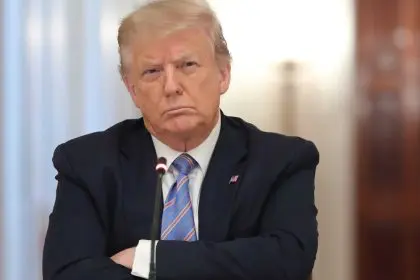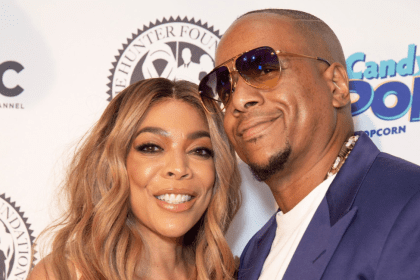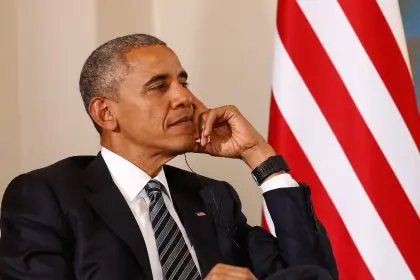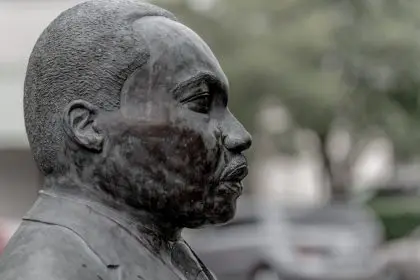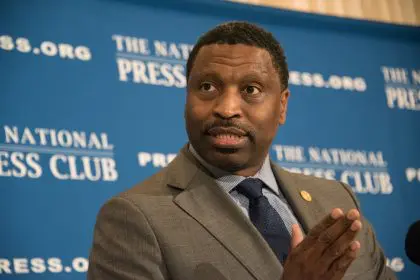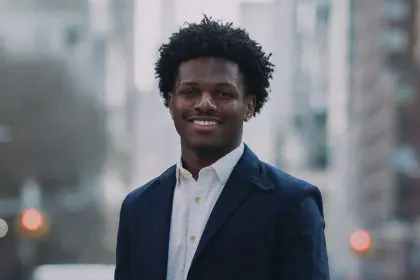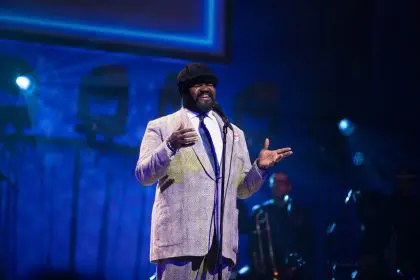Former NBA executive and Obama campaign strategist Alexys Feaster’s latest project as producer of “Hoops, Hopes & Dreams” reveals an untold story connecting Dr. Martin Luther King Jr.’s love of basketball to modern civil rights activism. The documentary, which recently screened at DC/Dox and heads to the Palm Springs Film Festival, uncovers this lesser-known aspect of the civil rights icon while drawing powerful parallels to President Obama’s use of basketball as a unifying force.
What inspired you to tell this story through “Hoops, Hopes & Dreams”?
This feels like the culmination of my entire career wrapped up into the ability to be a producer on a film telling a story like this. I’m from Washington, D.C., so to have this film screened in DC in my hometown really meant a lot. We’re telling the untold story of Dr. Martin Luther King Jr., tapping his friend Ambassador Andrew Young and others to share how Dr. King was also a hooper, very similar to President Obama, and so many others in our community who use the game of basketball to bring people together.
How did you capture Ambassador Andrew Young’s perspective for the film?
My partner in the film, director Glenn Kaino, was actually at an event and heard Ambassador Andrew Young tell the story, and beelined for his table. This is a story that no one’s heard before, so his ears perked up when Ambassador Young mentioned that Dr. Martin Luther King Jr. used to play basketball. Glenn and our partner Michael Latt were able to go to Atlanta and hear the story directly from Ambassador Young. I went to my friends at the Smithsonian and said, ‘Where is the footage? Where is the photography?’ And it doesn’t seem like that exists. So, that just let us know even more why this is an important story to tell.
How did you blend historical and contemporary elements with President Obama?
You can’t tell the story of Dr. King without telling the contemporary modern day story of President Obama. I was able to have a front row seat watching not only the President play basketball, but the way that he would go into communities and really build connection by playing the game. We wanted to tap into Michael Strautmanis and Reggie Love, who was his former body man but also former Duke basketball player. The idea was to use the same type of elements in telling his story, using his friends and the people closest to him.
What production challenges did you face and memorable moments?
The challenge was always who to include, what not to include. When we told people the story we were trying to tell, the outpouring of support was really overwhelming. We had to eliminate amazing footage of interviews with various NBA players that didn’t end up making it into the story. A lot of the memorable moments stem from not having our partner Michael Latt as part of the final product, but where we ended up is even greater than we all could have imagined. When we talk about including voices of women, being able to call on Jemele Hill was really amazing. I always come from that lens as a woman, as a Black woman, as a person who’s in these different rooms that are mostly male-dominated.
How does this documentary fit into the ongoing conversation about sports and civil rights?
We all know that you can sit in an arena and have different political views or different perspectives on life and still be able to cheer for the same team. I think sometimes we need a reminder, especially in the climate we’re in right now. There’s not much that separates us, and if we can use the game as a connective point, then we can use that as a way to build relationships, build rapport, make an impact. We don’t need Dr. King or President Obama to be our savior. We can all be saviors, and we can all be that person in our own way within our communities and individually.
How significant was screening at DC/Dox in your hometown?
From a personal perspective, it was my hometown screening. But I think it’s relevant with who’s running our country. To be able to have it be in DC and talking about unity and not divisiveness – imagine being in that room and being able to look across the way to the White House, but know that you’re in a space where we’re talking about leaders who are about unity. Growing up in DC with Marion Barry as my mayor, throughout my entire life living in D.C., I was able to tap into that on many different levels.
Where else will audiences be able to see the documentary?
We’ll be in Palm Springs at the Palm Springs Film Festival and in Martha’s Vineyard for the Martha’s Vineyard film festival the first week in August. We’re also in conversations around ensuring that more people nationally and globally can see it on mainstream TV. As it stands now, we’re doing festivals and screenings throughout the country.
What do you want viewers to take away from “Hoops, Hopes & Dreams”?
Some of the feedback we’ve received like at Sundance were from people that don’t look like me, and they were saying they’re so touched and moved by the film, especially because they don’t feel like they’re being called out for doing something wrong. We were able to tell a story without pointing a finger. We’re telling the story of Dr. King taking it upon himself to say, how do I make a difference in these communities? Let’s go out and meet them where they are. Let’s go to the court where the young kids are.
With President Obama, when you watch the film, you see that there was superstition around it, like the way that he played games around the caucus, the way that he had confidence no matter if there was media around and he would shoot that shot. Those lessons are mirrors to me – how do we ensure that we are constantly shooting our shot? How are we taking those leaps? How do we take a risk to stand up for other people and build community with others who might not look like me? Let’s all shoot our shot.
Photo courtesy of Alexys Feaster


